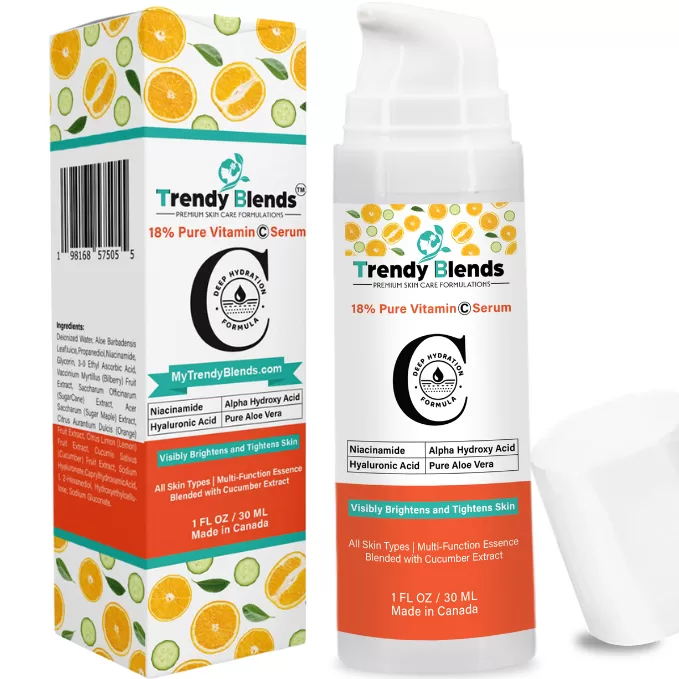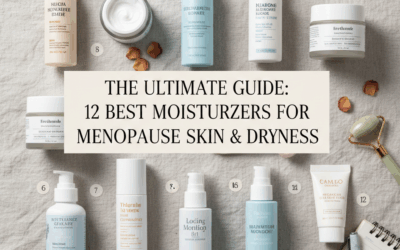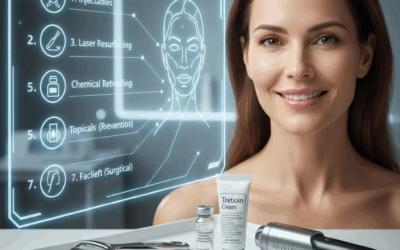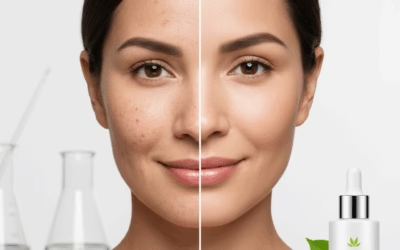9 Super Ways Exfoliation can save your skin from Wrinkles.


Table of Contents
How to Save Your Skin from Wrinkles, Beautify Your Skin Naturally.
As a professional article writer, I have had the opportunity to research and write about various skincare topics, and one that continues to stand out is the importance of proper skin care. This process of improving your skin can have a significant impact on the health and appearance of your skin. In this article, I will focus on how proper skincare can help combat wrinkles and other signs of aging, such as age spots and hyperpigmentation.
Age Spots, Dark Spots, and Hyperpigmentation
Age spots, also known as liver spots, are flat, dark spots that appear on the skin due to sun exposure. Dark spots and hyperpigmentation are similar conditions, but they can be caused by other factors, such as hormonal changes or inflammation. All of these conditions can make the skin appear older and less vibrant.
One of the key benefits of this process is that it can help to even out skin tone by removing dead skin cells and promoting cell turnover. This can help to reduce the appearance of age spots, dark spots, and hyperpigmentation. By incorporating this into your skincare routine, you can help to reveal brighter, more even-toned skin.
Vitamin C Serum and Exfoliation
Vitamin C serum is a popular skincare ingredient that can help to brighten the skin and reduce the appearance of wrinkles. When used in conjunction with exfoliation, vitamin C serum can be even more effective.
Effective skincare helps to remove dead skin cells, making it easier for the vitamin C serum to penetrate the skin and work its magic. Additionally, vitamin C serum can help to protect the skin from further damage, making it an excellent addition to any anti-aging skincare routine.
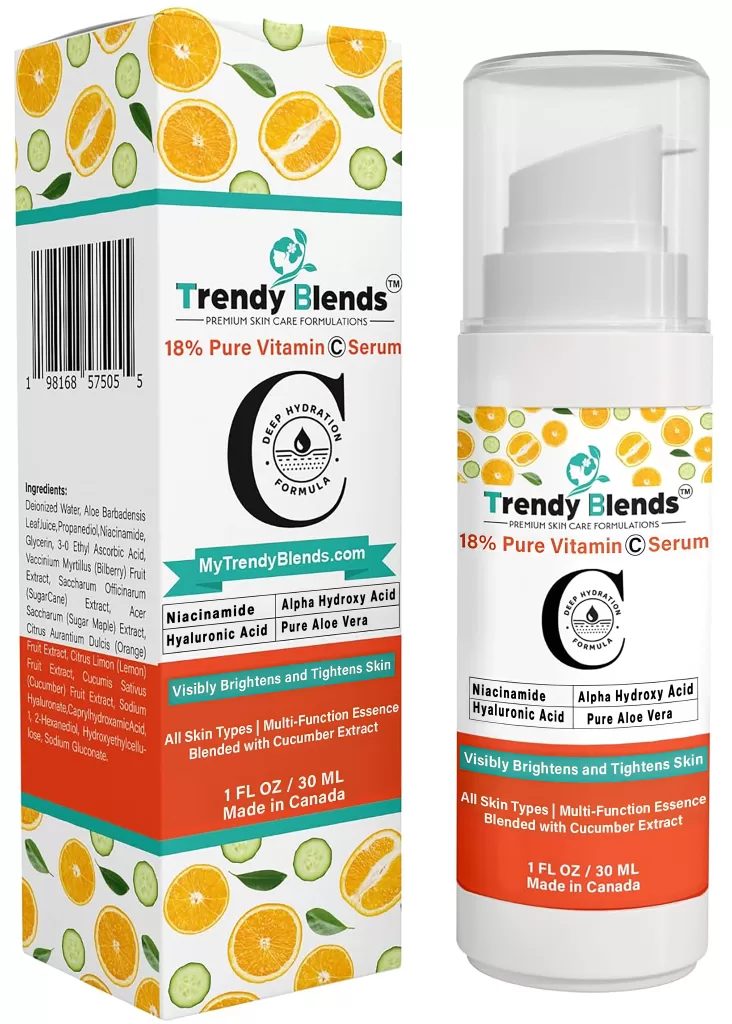
All In One – Vitamin C Serum to Remove dead skin cells that can make the skin appear dull, rough, and flaky.
Trendy Blends Vitamin C Serum

The Importance of Proper Skin Care
While exfoliation can be incredibly beneficial for the skin, it is important to remember that proper exfoliation is key. Over-exfoliating can lead to irritation, redness, and dryness, so it is essential to find the right balance for your skin type.
Additionally, it is important to choose the right exfoliation method for your skin. There are two main types of exfoliation: physical and chemical. Physical exfoliation involves using a tool, such as a brush or sponge, to remove dead skin cells. Chemical exfoliation involves using chemicals, such as alpha-hydroxy acids (AHAs) or beta-hydroxy acids (BHAs), to dissolve dead skin cells.
Table: Comparison of Physical and Chemical Exfoliation
| Exfoliation Type | Pros | Cons |
|---|---|---|
| Physical | Can provide immediate results | Can be too harsh for some skin types |
| Chemical | Can be more gentle on the skin | May take longer to see results |
FAQs
- How often should I exfoliate?
- It is recommended to exfoliate 2-3 times per week, but this can vary depending on your skin type.
- Can I use a facial scrub as an exfoliant?
- Facial scrubs can be effective, but they can also be too harsh for some skin types. It is recommended to use a gentle exfoliator, such as a chemical exfoliant or a soft-bristled brush.
- Is it necessary to use a vitamin C serum with exfoliation?
- While vitamin C serum can enhance the effects of exfoliation, it is not necessary. However, it is an excellent addition to any anti-aging skincare routine.
Top 9 Super Ways to Save Your Skin from Wrinkles
- Promotes cell turnover: Exfoliation helps to remove dead skin cells, promoting cell turnover and revealing brighter, more youthful-looking skin.
- Evens out skin tone: By removing dead skin cells, exfoliation can help to even out skin tone and reduce the appearance of age spots, dark spots, and hyperpigmentation.
- Enhances the effectiveness of skincare products: Exfoliation helps to remove dead skin cells, making it easier for skincare products to penetrate the skin and work more effectively.
- Reduces the appearance of wrinkles: Exfoliation can help to reduce the appearance of wrinkles by promoting collagen production and increasing cell turnover.
- Prevents clogged pores: Exfoliation can help to prevent clogged pores, which can lead to acne and other skin issues.
- Improves skin texture: Exfoliation can help to improve skin texture by removing dead skin cells and promoting cell turnover.
- Boosts circulation: Exfoliation can help to boost circulation, which can lead to a brighter, more radiant complexion.
- Promotes collagen production: Exfoliation can help to promote collagen production, which is essential for maintaining skin elasticity and reducing the appearance of wrinkles.
- Can be used in conjunction with vitamin C serum: Exfoliation and vitamin C serum can be used together to enhance the effects of each other, leading to brighter, more even-toned, and more youthful-looking skin.
Quotation
“This process is the key to unlocking the door to radiant, youthful-looking skin. By removing dead skin cells, promoting cell turnover, and enhancing the effectiveness of skincare products, you can achieve the complexion you’ve always dreamed of.” – Dr. Karen Hammerman, a board-certified dermatologist.
Conclusion
In conclusion, proper skincare is an essential step in any anti-aging routine. By removing dead skin cells, promoting cell turnover, and enhancing the effectiveness of skincare products, you can help to reduce the appearance of wrinkles, even out skin tone, and promote a brighter, more youthful-looking complexion. Whether you choose physical or chemical methods, be sure to find the right balance for your skin type and incorporate this into your routine 2-3 times per week. And don’t forget to consider adding a vitamin C serum to enhance the effects and protect your skin from further damage.
Understanding Exfoliation and Its Benefits
Exfoliation is a powerful tool in achieving healthy, radiant skin. By understanding the different methods and benefits, you can tailor your skincare routine to meet your specific needs. As with any skincare practice, consistency is key, but always remember to listen to your skin’s needs and adjust your routine accordingly. Whether you gravitate towards the mild touch of a gentle scrub or the precision of a chemical peel, embracing exfoliation will undoubtedly contribute to a glowing complexion.
Understanding the Importance of Exfoliation
Ah, exfoliation—the skincare secret we all nod to with knowing smirks while secretly wondering why we should care about sloughing off dead skin cells. Think of your skin as a busy metropolis. The top layer, the epidermis, is like the bustling streets of a city where new buildings (skin cells) are constantly under construction. But wait! If those old buildings (dead skin cells) pile up, they create quite the chaotic urban scene. Enter exfoliation, the magical process of clearing out the old to make way for the new.
The Science Behind Exfoliation
Exfoliation works like a fine-tuned machine on your face, body, and, dare I say, even those neglected elbows. There are two main types of exfoliation: physical and chemical.
- Physical Exfoliation: This involves using scrubs or tools (think facial brushes or loofahs) to manually buff away the dead skin. It’s akin to hiring a street cleaner to clear out the debris after a rocky party in the city because let’s face it, no one wants the aftermath of a rager lingering around.
- Chemical Exfoliation: Enter the realm of acids—glycolic, salicylic, and lactic are the rock stars of this category. They dissolve the bonds holding dead skin cells together, allowing them to be whisked away like confetti after a parade. Sounds lavish, doesn’t it?
Why You Should Exfoliate
Now, onto the burning question: Why bother? Your skin may look fine as it is, after all. But consider this: exfoliating can offer several fabulous benefits that will make your skin sing.
- Brighter Complexion: Dull, tired skin is like a fog that blankets the city at dawn. Exfoliation clears away that fog, leaving behind a radiant glow.
- Improved Product Absorption: Skincare products are like new shops opening in the neighborhood. If the streets are clogged, who’s visiting? When you exfoliate, your skin is primed and ready to drink in all those serums and moisturizers like a thirsty traveler.
- Unclogged Pores: No one enjoys clogged pores. Exfoliating reduces the chance of breakouts—because let’s face it, no one needs the equivalent of surprise construction in their skin.
- Smoother Texture: It transforms rough skin into a silkier surface, akin to replacing cracked asphalt with freshly paved roads. Who wouldn’t want that?
How Often Should You Exfoliate?
Ah, the million-dollar question. The frequency depends on your skin type. If you have sensitive skin, you might want to tread lightly—think of it as a gentle stroll rather than a marathon. For those with robust skin, two to three times a week can do the trick without turning your complexion into a peeling mess.
